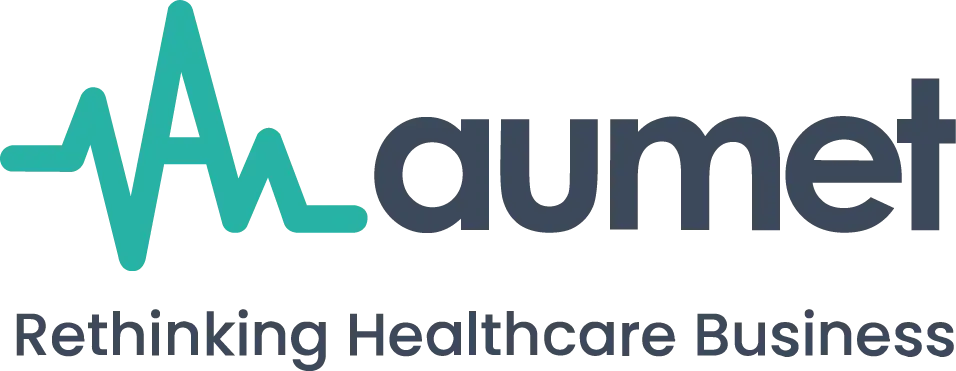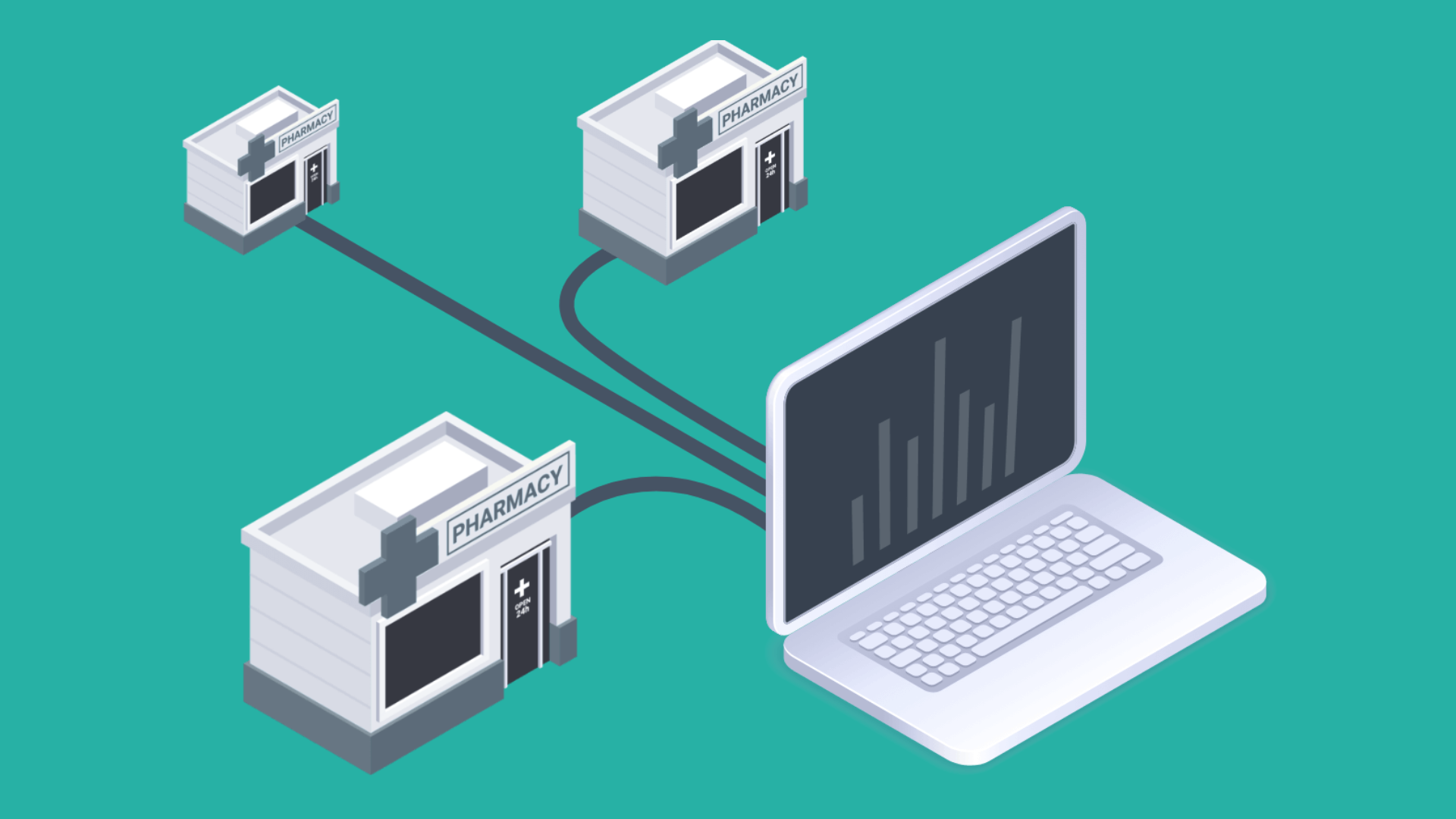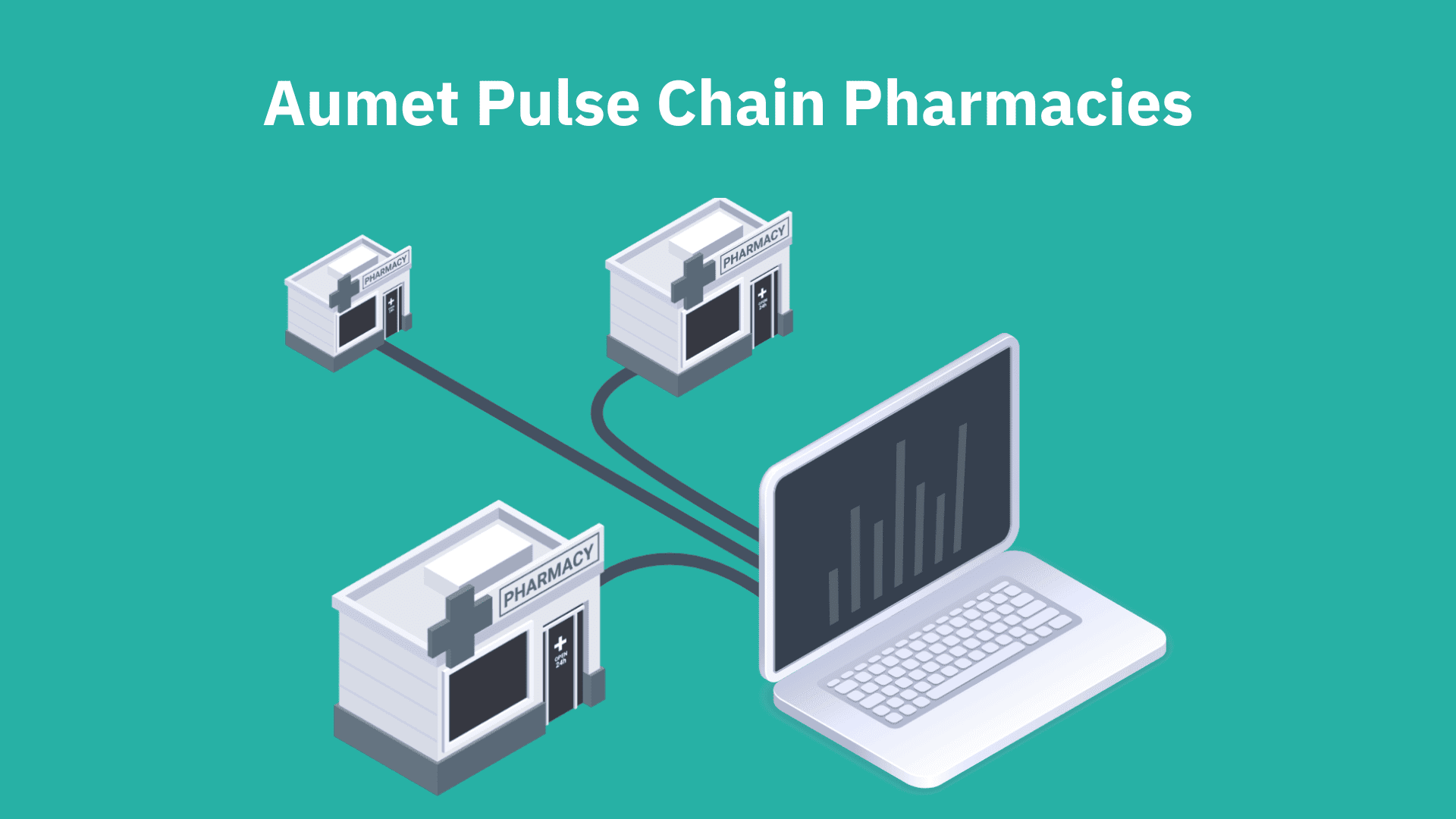Understanding Drug Indication: From Diagnosis to Treatment
Drug indications play a crucial role in the field of medicine, bridging the gap between a patient’s diagnosis and the appropriate treatment plan. By understanding it and its significance, healthcare professionals can make informed decisions and provide optimal care to their patients.
In this article, we will explore the concept of drug indication, provide an example, discuss its relationship with contraindication, delve into new indications, and highlight Aumet’s contribution in this realm.
What is Drug Indication?
When a patient is diagnosed with a medical condition, it becomes essential to identify the most suitable treatment approach. This is where drug indication comes into play. It refers to the approved or recommended use of a medication to treat a specific disease or condition. It serves as a guide for healthcare professionals, ensuring that patients receive appropriate and effective treatment.

Understanding Drug Indication
To grasp the importance and concept fully, it is crucial to understand its definition and significance. Drug indications outline the specific circumstances in which a medication is deemed safe and effective for use. It involves comprehensive research, clinical trials, and regulatory approvals to ensure that the medication meets the necessary criteria for treating a particular illness. By adhering to its guidelines, healthcare professionals can enhance patient safety, optimize treatment outcomes, and minimize the risk of adverse reactions.
Example of Drug Indication
To illustrate drug indication, let’s consider the example of “Drug X.” Drug X is indicated for the treatment of hypertension, a condition characterized by high blood pressure. Clinical trials and scientific evidence have established that Drug X effectively lowers blood pressure levels in patients diagnosed with hypertension. Therefore, healthcare professionals can confidently prescribe Drug X to individuals with this specific indication.
Drug Indication and Contraindication
It is equally important to understand the concept of contraindication, which refers to a situation in which a particular medication should not be used due to the potential harm it may cause to the patient. Contraindications are the opposite of indications and highlight scenarios where a medication is deemed unsafe or ineffective. By considering both indication and contraindication, healthcare professionals can make well-informed decisions while prescribing medications.
New Drug Indications
As medical research progresses, new drug indications continue to emerge. These are additional uses for existing medications, beyond their original approved indications. The discovery of new indications opens up opportunities for expanded treatment options and improved patient care. However, identifying them can be a complex process, involving extensive research, clinical trials, and regulatory evaluations. Despite the challenges, the exploration of new indications remains vital for advancing medical knowledge and improving patient outcomes.
Aumet’s Role in Drug Indication
Aumet, a leading healthcare technology company, plays a significant role in the realm of healthcare. Aumet offers an advanced ERP system designed to streamline various aspects of the healthcare industry, including medication management and treatment protocols. Aumet’s ERP system integrates comprehensive drug indication information, providing healthcare professionals with up-to-date knowledge on medication uses, dosages, and potential contraindications. By leveraging Aumet’s technology, healthcare professionals can enhance their decision-making process, optimize patient care, and ensure adherence to evidence-based practices.
Optimizing Patient Care through Informed Medication Decisions
Understanding drug indication is essential for healthcare professionals as they navigate the complex landscape of diagnosis and treatment. By following guidelines, healthcare providers can ensure that patients receive appropriate and effective medication for their specific conditions. Furthermore, the exploration of new drug and the use of advanced technologies like Aumet’s ERP system contribute to the continuous improvement of patient care and outcomes.











